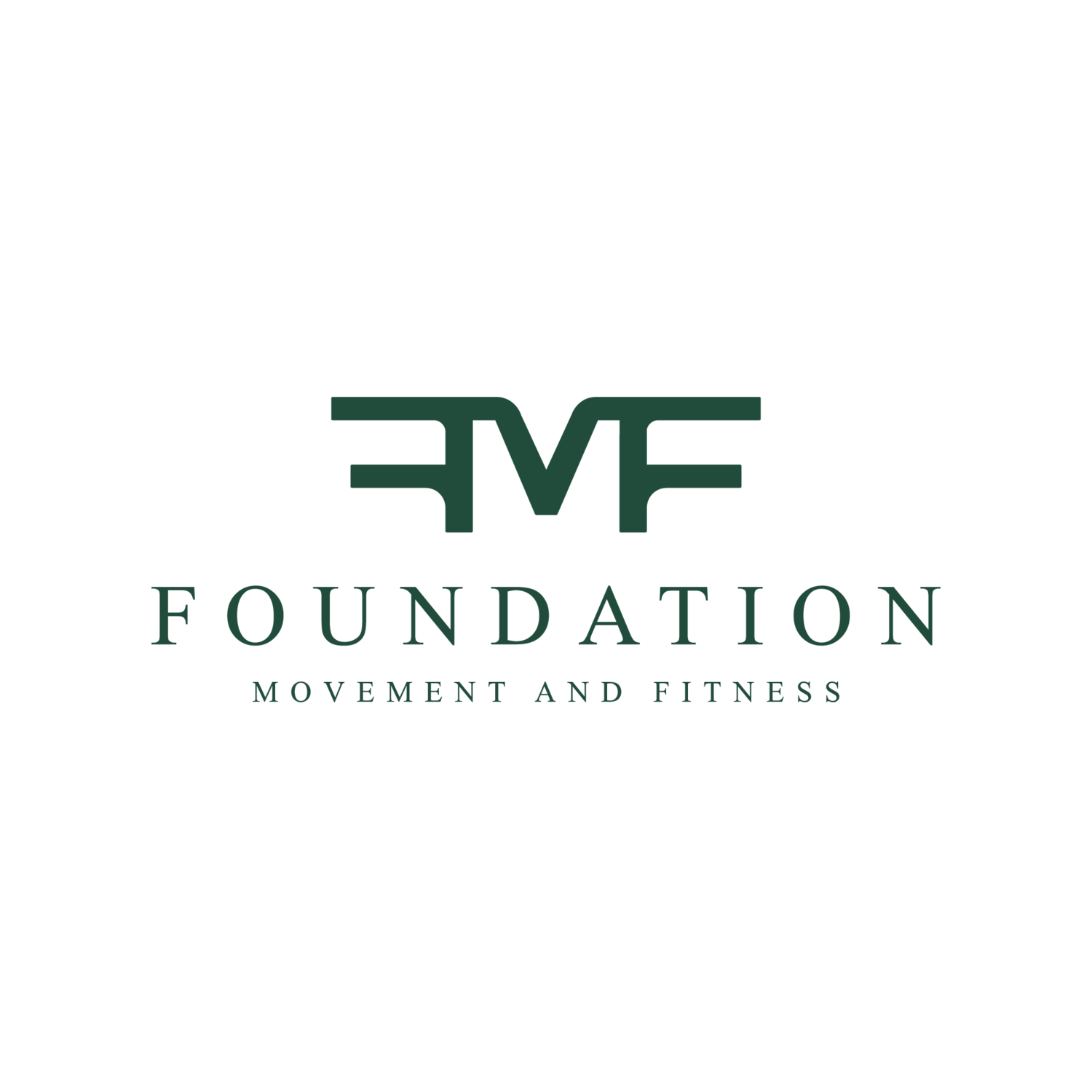This is the third and final part of our deadlift series. So if you haven’t yet, go ahead and read the first two before this one so you have a solid background on our conversation about deadlifts!
So let’s dive into sumo deadlifts.
With a sumo deadlift and a conventional deadlift, the starting point of the lift is the same. It is different, however, from the Romanian deadlift. The starting point and ending point of the lift is with the weight on the ground, whereas with the Romanian it starts and ends standing up.
Below are the steps to take for the sumo deadlifts
1. Place your feet on the ground in a stance about one step wider than a squat position with your toes pointed out and bring the barbell right up to your shins, knees spread out super wide.
2. Take a nice deep belly breath and then lock in your core by thinking about someone punching your tummy or by drawing your hip bones together (learning to brace your core is something one needs to understand before performing any deadlift so if they are unsure what this means or how to do it please review that first as it is extremely important so that you do not injure your back).
3. Holding the barbell, sit your hips back and spread your knees wide so that your hips are just slightly above your knees, not as far down at a squat.
4. Engage your shoulder blades together; think back and down, taking the slack out of the bar and squeeze your glutes to stand up, thinking about pushing the ground away from you with your feet.
5. Come to a pelvic tuck at the top, keep your breath held, and then hinge your hips back, knees wide and bring the weight back to the ground.
Conventional Deadlifts
For a conventional deadlift, you’ll perform basically the same movement just with a different stance. You will have your feet pointed forward and shoulder width apart. The rest of the movement is the same so you will notice that the big difference here is that it requires a lot of hip mobility to get into the position for the conventional deadlift without having some rounding in the lower back. A lot of people simply don’t have that available to them. Secondly, because of that difference in foot placement, in the sumo deadlift, the bar has less of a distance to travel to pick it up off the ground meaning theoretically one should be able to lift a bit more weight when doing the sumo versus the conventional.
So now we have some videos to talk about the “hip lift” in a deadlift. I am sharing these videos to emphasize one big aspect of deadlifts, which if I had to choose (aside from proper breathwork) would probably be the most important part to AVOID back injuries during deadlifts.
This issue is WHEN YOUR HIPS SHOULD RISE when performing the deadlift. What I want you to look at in this video is his hips. Your hips should go up at the same time as the rest of your body. They should not be the first thing to go up. In the videos you can see we are working on getting his hips to stop popping up before he starts lifting the barbell. This is so common. When you view from the side like this it is very obvious but when you’re doing them with no visual feedback it can be hard to tell. I film my clients frequently in many lifts to give them feedback and we lift a lot in front of mirrors.
If your find yourself struggling with this issue, there are a few things to try
#1 Decreasing the weight
one problem if this is happening may simply be that the client cannot lift the amount of weight on the bar. After this if you see a slight improvement but still see the hips lifting first try a few different cues.
#2 Cues. Some cues I use for clients
Before you even move:
Big breath into your core 360*
Brace
Pull the bar until it locks your shoulder into place and pull with your lats
Keep your head neutral, DON’T look up before you lift and strain your neck
Next:
Think about pushing the ground away from your with your feet and (in a sumo) spread your knees wide
Squeeze your glutes, use power in your hips and then wait for the bar to move
Think about SENDING YOUR GLUTES through your hips like a hip thrust
As you can see in the video with proper hip movement, his hips do not move until the bar starts to move. The reason this is important is because when you raise your hips and start to pull with your lumbar spine, it curves and all the load goes into your vertebrae which can cause a lot of damage and over time cause low back pain to start if it doesn’t just begin right away. So if you are having these problems there are a lot of little things going on as well.



